The essence of this invention is a method that couples network architecture using neural implicit representations coupled with a novel parametric motion field to perform limited angle 4D-CT reconstruction of deforming scenes.
Keywords
- Show all (207)
- Instrumentation (39)
- Additive Manufacturing (37)
- Sensors (16)
- Diagnostics (13)
- Photoconductive Semiconductor Switches (PCSS) (9)
- Electric Grid (8)
- 3D Printing (7)
- Materials for Energy Products (7)
- Carbon Utilization (6)
- Semiconductors (6)
- Compact Space Telescopes (5)
- Data Science (5)
- Cybersecurity (4)
- Diode Lasers (4)
- Laser Materials Processing (4)
- Material Design (4)
- Optical Switches (4)
- (-) Synthesis and Processing (16)
- (-) Imaging Systems (8)
- (-) Therapeutics (5)

LLNL researchers have developed an innovative and uniform single-pot polymer multi-material system, based on a combination of 3 different reactive chemistries. By combining the three different constituent monomers, fine control of mechanical attributes, such as elastic modulus, can be achieved by adjusting the dosage of UV light throughout the additive manufacturing process. This results in…
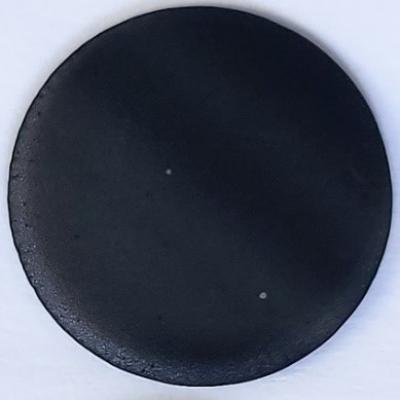
LLNL researchers have developed a method to incorporate gas phase synthesized graphene (GSG) as a unique additive in a UV-crosslinkable polymer formulation. The GSG is added by using a planetary mixer to obtain a homogenous suspension of GSG in polymer. The resulting formulation is highly stable and doesn't show signs of phase separation or solid sedimentation. The polymer formulation is then…
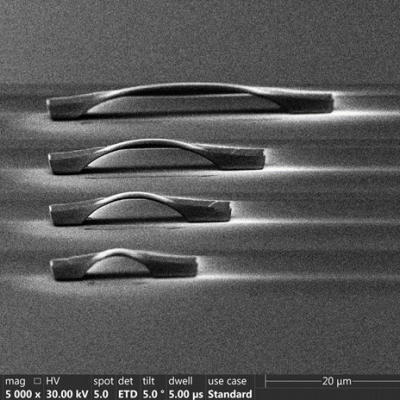
LLNL researchers developed a novel method to nucleate the alpha phase of Tantalum on a polymer surface at room temperature, allowing for the controllable formation of a variety of 3D structures, such as airbridges. Using this method with a subsequent Piranha etch results in the complete removal of the residues of the polymer 'scaffolding' or template while allowing the deposited tantalum…

LLNL researchers have developed a Li-Sn-Zn ternary alloy and its method of production. Instead of traditional alloying techniques, the alloy was synthesized using mechanical alloying (high energy ball milling). With high purity elemental powders of lithium, tin and zinc, LLNL researchers were able to prepare Li60Sn20Zn20 as well as Li70Sn20Zn10 nanopowders.
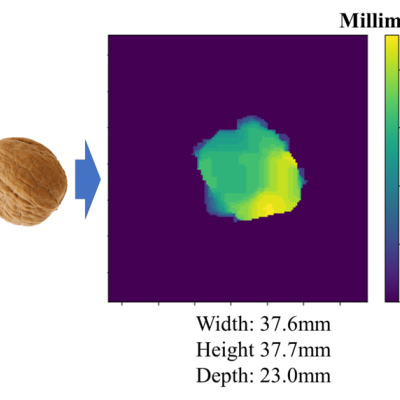
LLNL’s novel technology automates the inspection process by using a scanning system that captures data within the walnut shell without having to open the shell. The system output gives a visual image inside the walnut shell sufficient to evaluate and rate the quality of the walnut. The system uses a camara and radar that can capture data at a rapid rate. This improves speed and reliability…
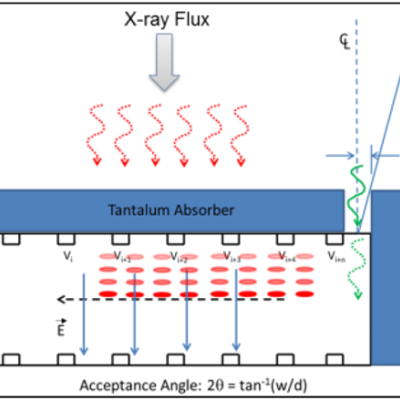
The approach is to develop a solid-state X-ray imager based on the architecture of the Silicon Drift Detector (SDD) which uses a series of cathode strips on both sides of a silicon wafer to achieve bulk depletion and electron drift. The invention leverages this SDD functionality to achieve signal stretching of liberated charge carriers from X-Ray photons that converts the time domain into the…
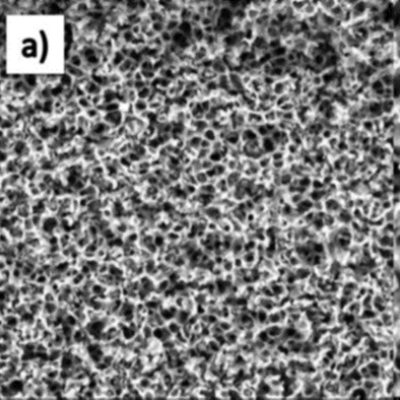
LLNL inventors have created innovative steps in the synthesis, carbonation and activation steps of aerogel manufacturing that allows for large scale production. These steps are:
1. Synthesis: a novel pre-cure step with subsequent gelation (RF precursor solution is heated with stirring to achieve a mixed liquid intermediate temperature, the precursor solution is then allowed to cool,…

CMI—a DOE Energy Innovation Hub—is a public/private partnership led by the Ames Laboratory that brings together the best and brightest research minds from universities, national laboratories (including LLNL), and the private sector to find innovative technology solutions to make better use of materials critical to the success of clean energy technologies as well as develop resilient and secure…

To overcome challenges that existing techniques for creating 3DGs face, LLNL researchers have developed a method that uses a light-based 3D printing process to rapidly create 3DG lattices of essentially any desired structure with graphene strut microstructure having pore sizes on the order of 10 nm. This flexible technique enables printing 3D micro-architected graphene objects with complex,…
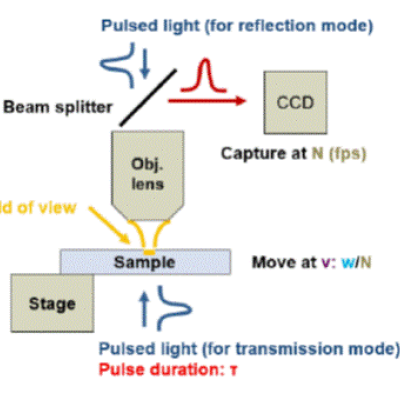
LLNL’s novel approach is to use a continuous moving camera with a scan speed of >1 mm/sec and a frame rate of 100 frames per second. The key is to have a light source that flashes with a duration of one nanosecond, thus essentially freezing the image with no blur. Clear images of high resolution can then be captured through a high-magnification objective lens (reflection mode) or through…

The novel technology developed at LLNL is a new, effective means of separating and concentrating Sc from lanthanides and non-REEs in unconventional, waste-derived feedstocks, thereby transforming an essentially valueless solution into valuable Sc concentrates. The results represent an important advance in the development of an environmentally sustainable alternative to organic solvent-based…
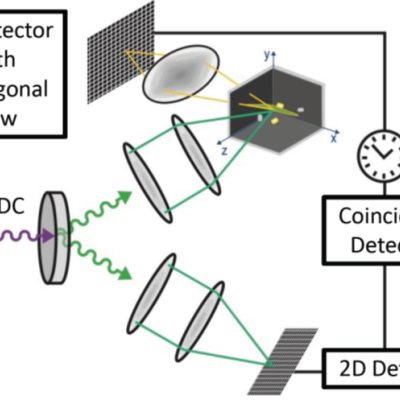
LLNL’s approach to the development of a wide-field, three-dimensional quantum (3DQ) microscope is to harness quantum entangled photons to form simultaneous 3D optical images, which could be a new paradigm for 3D volumetric imaging of biological specimens. The 3DQ microscope is comprised of a novel optical system with highly sensitive detectors and an on-demand light source of entangled…
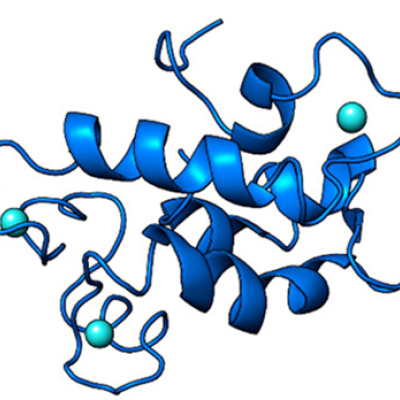
LLNL researchers along with collaborators at Pennsylvania State University have found that a newly discovered natural protein named Lanmodulin (LanM) could be a potential candidate for extracting REEs from ore or other sources such as coal ash as well as purifying the REE material. Through joint research, the scientists found that LanM undergoes a large conformational change in response to…

LLNL researchers have developed a custom formulated extreme low viscosity reactive silicone resin base modified with a temperature dependent thixotrope along with a modified catalyst package. The uncatalyzed composition is capable of accepting loadings of polymer microspheres sufficient to produce a cured bulk rubber that has a density as low as 0.3 g/cc, thus compatible with high-resolution…

To address shortcomings of current liposome drug delivery systems, the patented innovation uses drug-loaded liposomes containing carbon nanotube porins (CNTPs) inserted into the liposomal membranes for the delivery of the encapsulated drugs. Short CNTPs (10 nm in length) with narrow diameter (0.8 nm) has been demonstrated to facilitate efficient fusion of lipid bilayers resulting in the…
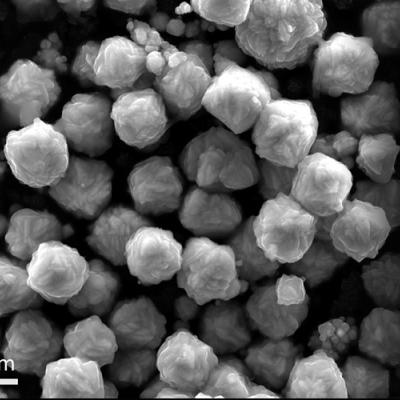
A new approach of developing synthetic antibacterial mineral assemblages can be used as an alternative treatment when traditional antibiotics fail in clinical and agricultural settings. Mineral mixtures can be synthesized with tunable metal release and reactive oxygen species generation that are capable of killing human pathogens and promoting wound healing. One of the key components in the…
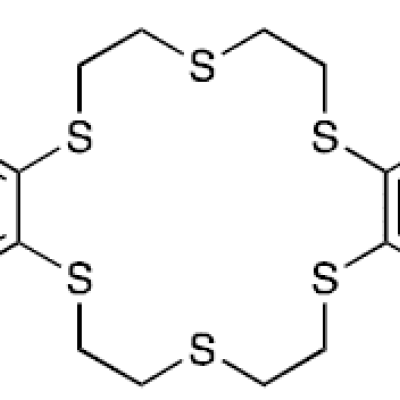
The method described in a pending patent application uses a novel thiacrown (dibenzohexathia-18-crown-6) for efficient extraction of 197m,gHg and 197gHg from irradiated Pt target foils. The separation of 197m,gHg and 197gHg from Pt foils using this novel thiacrown was found to be highly specific. No detectable amount of the Pt foil was seen in the…
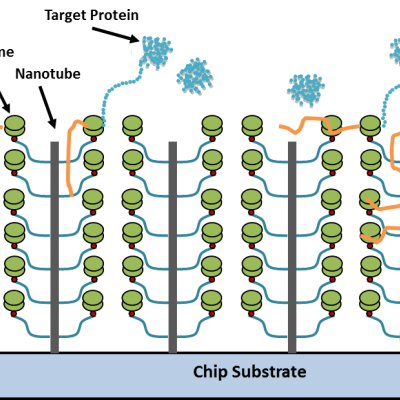
Combining the principles of nanotechnology, cell-free protein synthesis and microfluidics, LLNL researchers have developed a reusable, portable programmable system that can create purified, concentrated protein product in vitro in a microfluidic device containing nucleic acids.
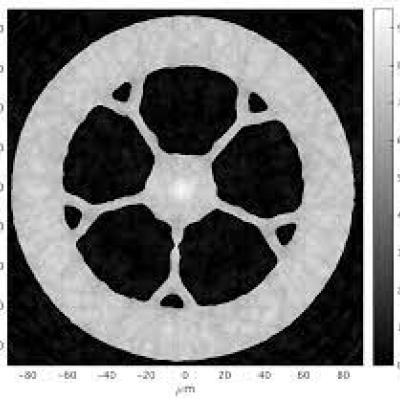
To solve these challenges using new and existing CT system designs, LLNL has developed an innovative software package for CT data processing and reconstruction. Livermore Tomography Tools (LTT) is a modern integrated software package that includes all aspects of CT modeling, simulation, reconstruction, and analysis algorithms based on the latest research in the field. LTT contains the most…

LLNL scientists developed novel hydrogels, which are biodegradable soft materials synthesized by a water-soluble polymer. Incorporating silver imparts antimicrobial activity to the material at low concentration compared to currently used silver nanoparticles. Our hydrogels are composed of silver ions instead of silver nanoparticles, which eliminates the toxicity concerns of modern silver…

LLNL's 3D X-ray imager combines two different hardware pieces. The first is an x-ray optic with a depth-of-field that is small compared to the object under investigation. Reflective Wolter type x-ray optics are one such design. These hollow optics have a relatively large collection efficiency and can be designed with a large field of view. The depth of focus, which is the distance over which a…
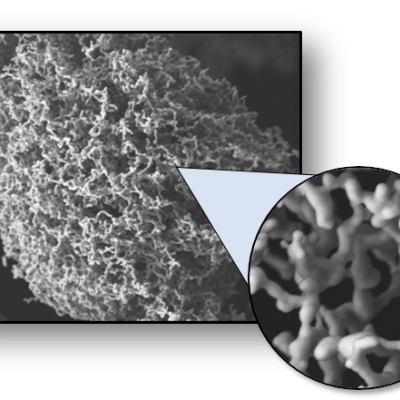
The LLNL method is based on freeze‐casting of aerosolized and pressurized metal salt solutions and subsequent thermal processing. This method generates both porous particles with sizes down to one micron and macroscopic monoliths with nanometer scale ligaments/struts. The material's density can be controlled during the freeze‐dried stage. Compared to conventional approaches, this method…
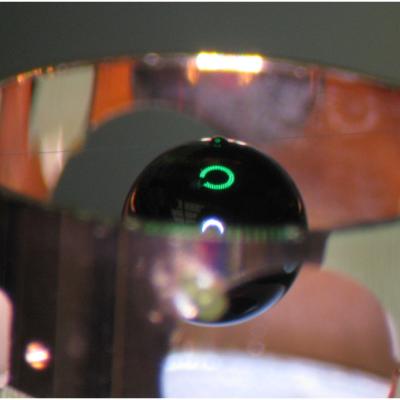
LLNL has developed a liquid-free method that increases the overall mechanical resistance of self-supported, carbon nanotube assemblies through nanoscale reinforcement by gas-phase deposition of a thermally cross-linkable polymer. Polymer-reinforcement increases the strength of CNT yarns after crosslinking. For example, a minimal amount (<200 nm) of poly-glycidyl metacrylate (PGMA) deposited…
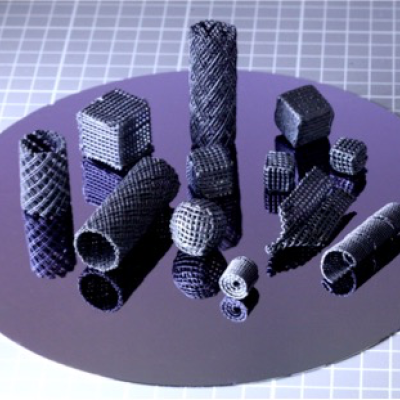
LLNL researchers have developed a novel method of 3D printing regular microstructured architectures and subsequent complex macrostructures from additively manufactured bio-based composite thermoset shape memory polymer composite materials. This technology for 3D additively manufactured parts utilizes up to a 4 axis control DIW system for fabricating bio based thermally cured epoxy based SMP…
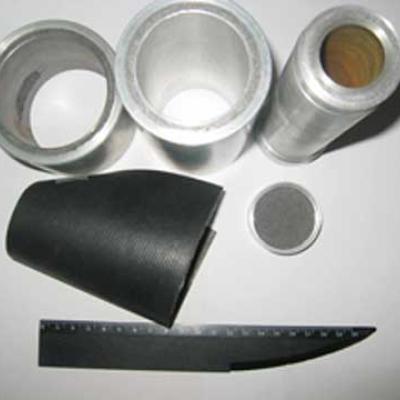
LLNL researchers have developed the hardware and chemistry to allow additive manufacturing of short carbon fibers in a thermoset polymer matrix which have a high degree of structural alignment over conventional cast or pressed short/chopped carbon fiber polymer composites.
The invention is based on the shear dispersal, alignment and concentration of fiber fraction within a resin…

LLNL's high fidelity hydrocode is capable of predicting blast loads and directly coupling those loads to structures to predict a mechanical response. By combining this code and our expertise in modeling blast-structure interaction and damage, along with our access to experimental data and testing facilities, we can contribute to the design of protective equipment that can better mitigate the…
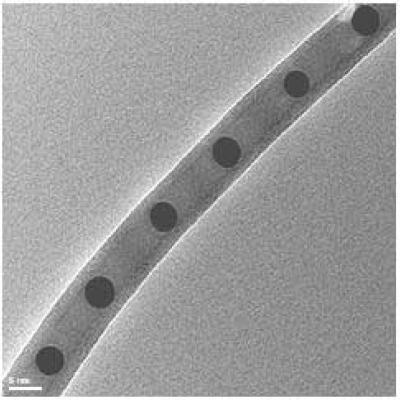
The nanosphere synthesis process works when a nanostructured substrate is heated above a critical temperature in the presence of a small amount of metal on the nanostructured surface. The metal acts as a particular type of catalyst for nanowire formation. It is periodically segregated within the nanowire in a thermodynamically well-defined process as nanowires grow. The result is…
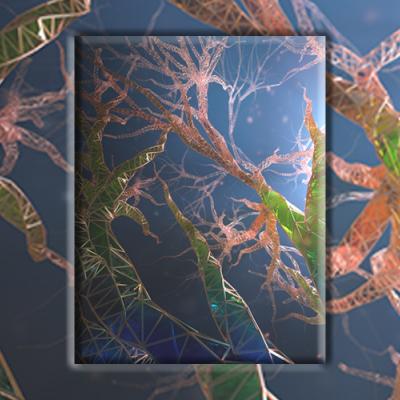
Redox ion-exchange polymers ("redox-ionites") and membranes possessing cation- and anion- exchange, amphoteric, complex-forming and oxidation-reduction abilities have been developed on the basis of the biocompatible synthetic and chemically modified natural polymers. In addition, developments have been made towards methods of obtaining of water-soluble and spatially cross-linked ionites of…

